Biocontrol Tactics for Insect and Mite Pests in Tomatoes
Staked field tomatoes are a high-value crop that can be attacked by a wide range of insect and mite pests. Due to tomatoes’ high value and the low threshold for insect damage, insecticides have been an important tool for protecting yields. But biocontrol also deserves your attention.
Natural enemies of crop pests including predators, parasitic wasps, and pathogens can occur naturally, and you can purchase some from commercial suppliers to release into fields. It’s easy to overlook biocontrol’s critical underlying regulating force in all food crops until its benefits disappear with overuse of nonselective insecticides.
Since using biocontrols can result in pests surviving in low populations, it’s a method especially well suited for those pests that do not feed directly on tomato fruit.
Spider mites. A key pest of tomatoes in both fields and greenhouses, spider mites are noted for their runaway population growth. Due to ongoing studies in the southeastern U.S., researchers have developed successful strategies using the predatory mite Phytoseiulus persimilis to manage spider mites in staked tomatoes.
Hot and humid summer conditions allow you to seed relatively few predators into fields when and where spider mites first appear. From this introduction, the predators will establish, reproduce, spread throughout the whole field, and outpace the spider mite population growth. After predators consume all available spider mites, they can spread into adjacent fields, greatly increasing the overall efficacy and profitability.
However, biocontrol can be more limited in tomatoes compared to other crops because of unique plant characteristics.
Anyone who has ever grown tomatoes knows of its hairiness and stickiness, such as the ‘tomato tar’ that accumulates on your hands. This relates to the glandular and non-glandular trichomes that cover tomato leaves and stems and evolved to protect the plant from herbivores.
Non-glandular trichomes create physical obstacles that impede movement and feeding. Glandular trichomes release sticky or toxic residues that entrap, repel, or kill insects on contact. This unfortunately also impacts many beneficial natural enemies.
For this reason, most predatory mites (besides P. persimilis) do not perform well in tomatoes, thus limiting biocontrol options for thrips and whiteflies. Despite the negative effects trichomes can have, many larger natural enemies still occupy tomatoes (some are even adapted to sticky plants) and should be conserved for their biocontrol services.
Thrips. Tomato flower architecture also limits some biocontrol. Thrips, particularly the western flower thrips, is another serious pest that damages tomato fruit and foliage. It also transmits tomato spotted wilt virus (TSWV).
When these thrips feed within flowers, another cone enclosure protects them from its dominant predator, the minute pirate bug. Sampling of this predator across multiple vegetables on the same farm shows how it is virtually absent from tomato flowers but common in adjacent peppers and tomatillos — crops where this predator has proven to manage pest thrips.
How to make biological control successful in tomatoes and other crops.
• One of the most important and straightforward actions growers can take to encourage biocontrol is using insecticides carefully. Broad-spectrum insecticides such as pyrethroids are highly toxic to natural enemies, so use insecticides selective to the target pest whenever possible and only apply when necessary. Whether conserving or releasing biocontrol agents, regular scouting is important to determine the abundance of pests and natural enemies.
• Most augmentatively released predators perform best preventatively and not curatively. So release them before pests invade the crop or when pest populations are still low (depending on the predator).
• Always inspect purchased predators for quality control before their release. If pest pressure is already high, you can use a selective insecticide to knock the population down several days or more before releasing natural enemies.
• Enhance conservation biocontrol by providing shelter, nectar, alternative prey/hosts, or pollen (SNAP), especially in crops that lack nectar production (e.g., tomatoes, and leafy greens).
Future research must continue exploring how farm habitat can be managed to attract, retain, and enhance natural enemies in different crops. While biocontrol can prove both profitable and sustainable, it is more knowledge-intensive, and research needs to focus on developing strategies that are easy for growers to implement and will increase adoption.





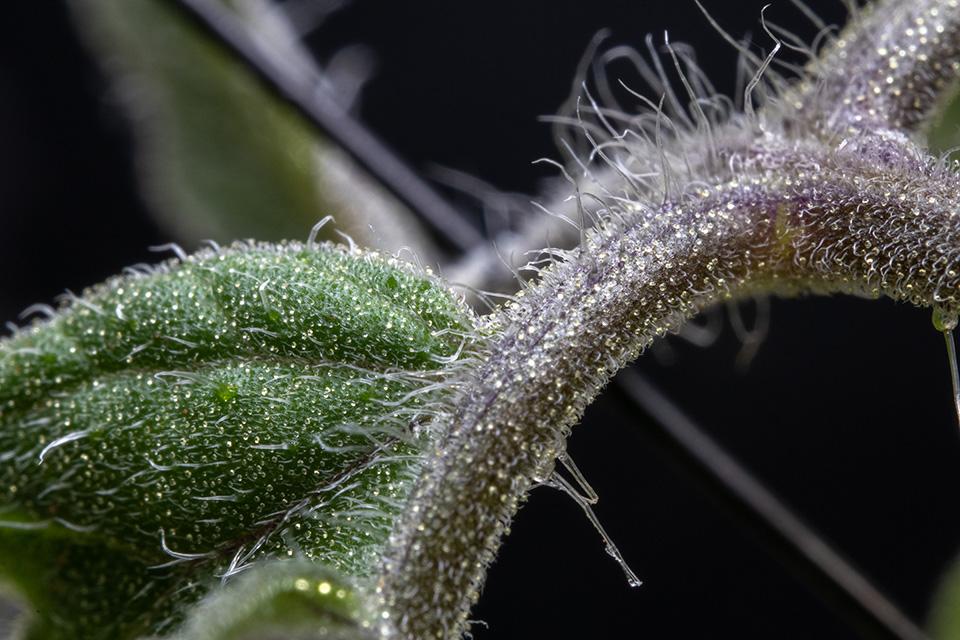
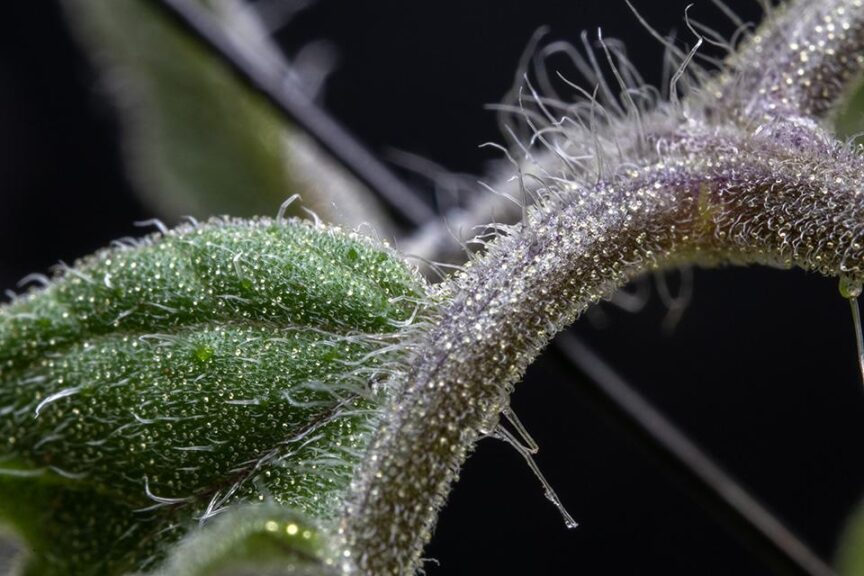
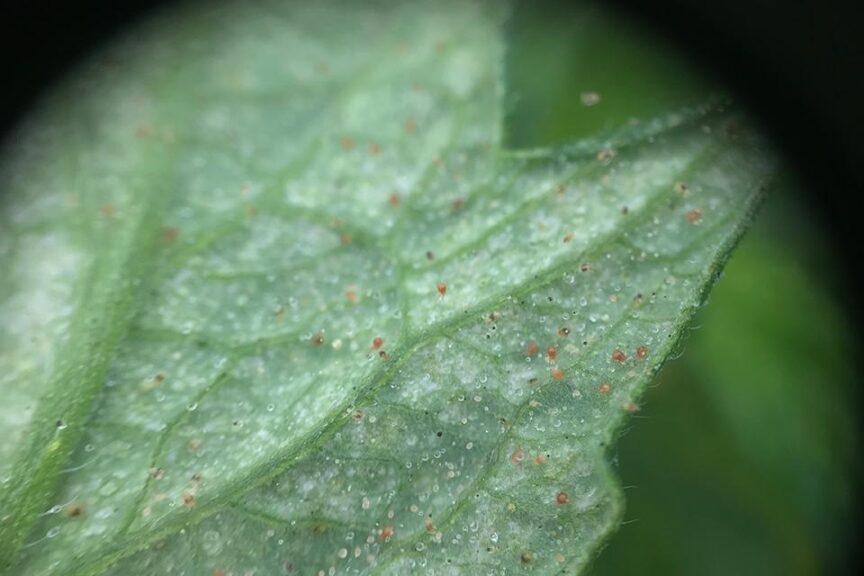
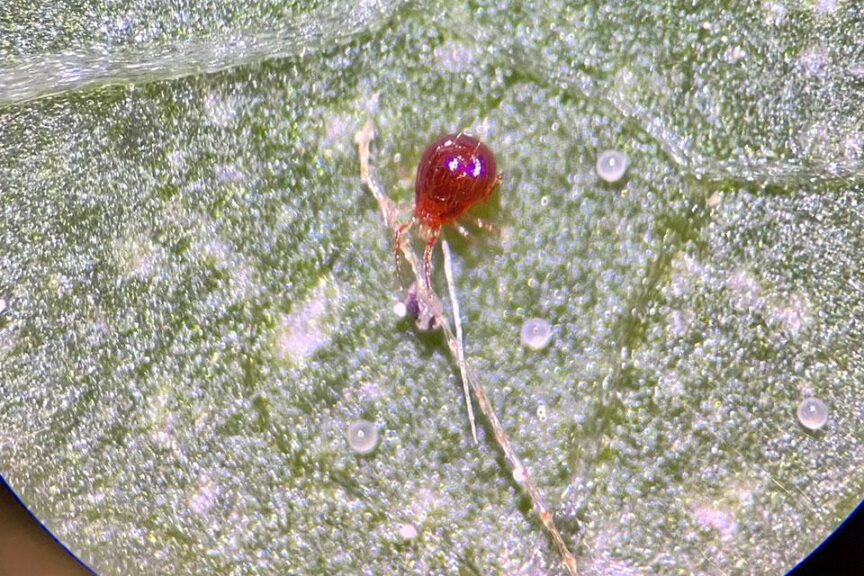
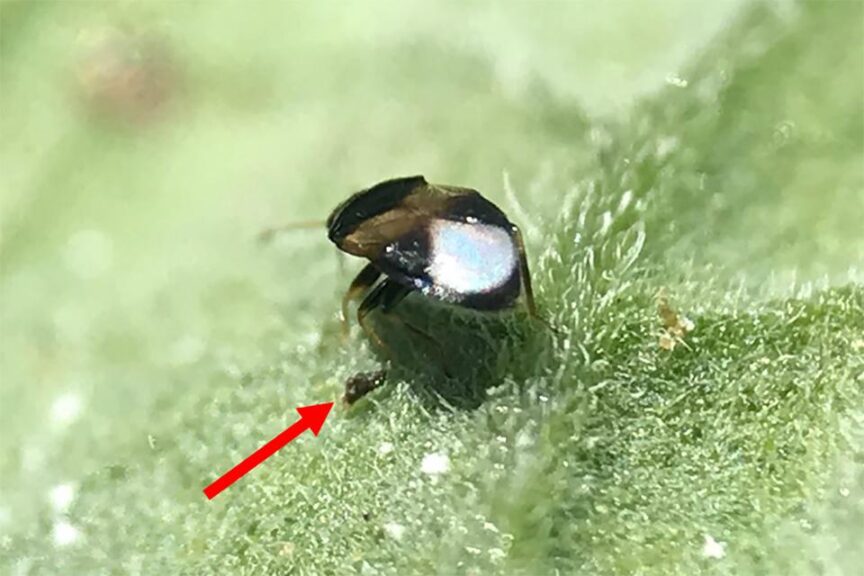
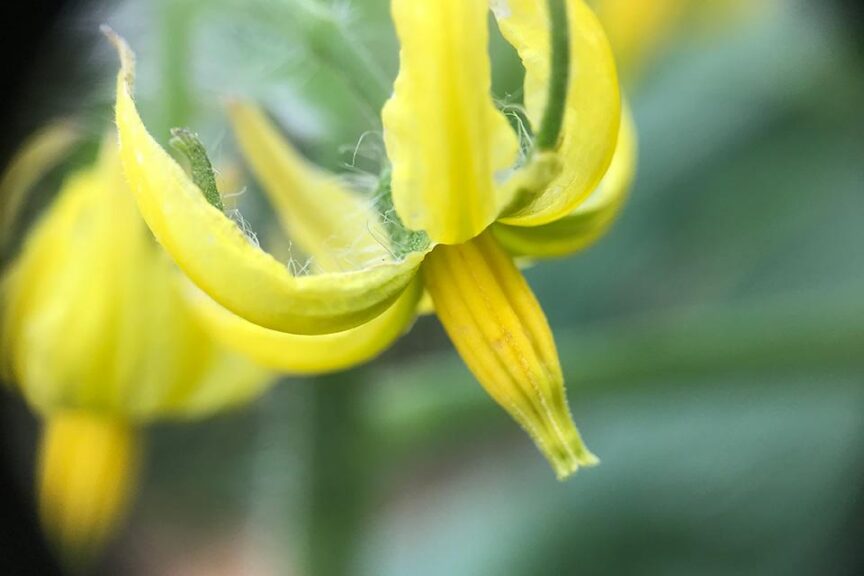
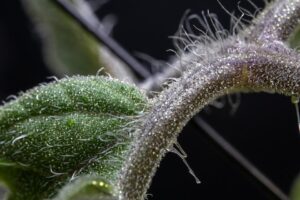
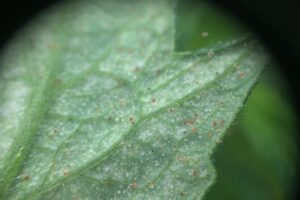
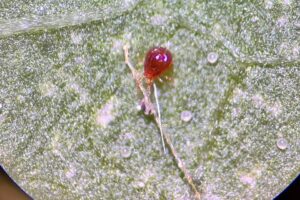
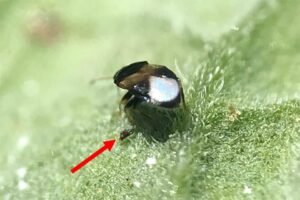
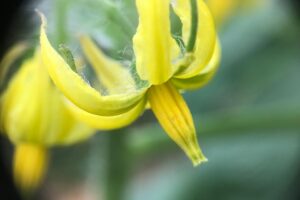









![2023 Vegetable Seed Trials: What’s New in Tomatoes [Videos]](https://www.growingproduce.com/wp-content/uploads/2023/11/Pink-Delicious_tomatoes_gallery-300x169.jpg)